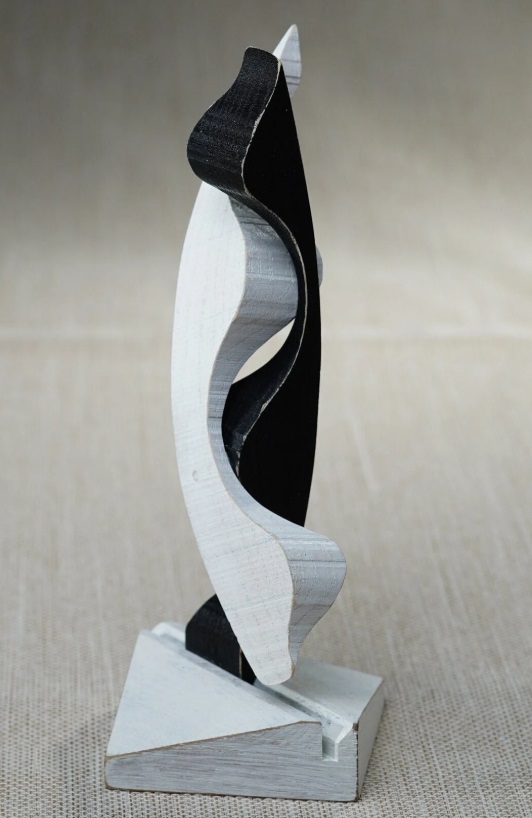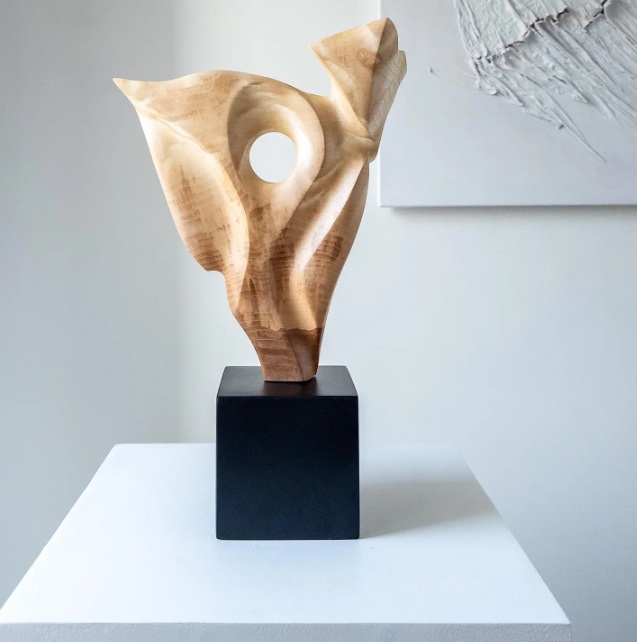A Historical Perspective on Ash Wood
Ash wood (Fraxinus) has been cherished for centuries, thanks to its strength, elasticity, and aesthetically appealing grain. This deciduous hardwood species is predominantly found in North America and Europe, thriving in temperate climates. Known for its light color, smooth texture, and remarkable resilience, ash wood has been historically utilized for tool handles, sports equipment, and fine furniture. Its distinctive straight grain and pale hue make it particularly suited for contemporary minimalist design.
Physical Characteristics of Ash Wood
- Color & Grain: Light beige to pale brown, with a well-defined, straight grain.
- Durability: High resistance to impact, making it ideal for furniture and flooring.
- Workability: Easy to cut, shape, and finish, making it a favorite for artisans.
- Sustainability: Ash trees grow relatively fast, making them a renewable resource.
Ash Wood in Minimalist and Prestige Art
The aesthetic simplicity and natural elegance of ash wood have made it a preferred material among modern artists and designers. Several prominent figures and brands have utilized this wood to craft remarkable works of art and high-end furniture.
1. Jessica Stockholder’s ‘Hollow Places Court in Ash-Tree Wood’
The renowned contemporary artist Jessica Stockholder used the remains of a 125-year-old ash tree to create a striking installation at The Aldrich Contemporary Art Museum. The piece integrates natural elements with human creativity, emphasizing the intersection of nature and design. (Source: The Aldrich Museum)
2. Sava Draganov’s ‘Hug’ Sculpture
Bulgarian sculptor Sava Draganov crafted ‘Hug,’ a mesmerizing geometric sculpture made of ash wood. This piece reflects a balance between modern abstraction and organic materiality, showcasing the tactile and aesthetic appeal of ash wood. (Source: Integrated Artists Gallery)

3. Carl Hansen & Søn’s Scandinavian Furniture
This prestigious Danish furniture brand uses ash wood for its minimalist yet highly durable designs. The natural flexibility of ash complements the ergonomic and timeless aesthetic of Scandinavian craftsmanship. (Source: Carl Hansen & Søn)
4. ‘Whisper of Motion’ Abstract Sculpture
A handmade contemporary sculpture crafted from ash wood, ‘Whisper of Motion’ plays with fluidity and movement, making it a centerpiece for modern interiors. (Source: Etsy)
5. Max Bainbridge’s Sculptural Works
Renowned for repurposing diseased ash trees into evocative human-like sculptures, Bainbridge’s work explores the connection between nature and identity, elevating ash wood beyond mere functionality to an expressive medium. (Source: Financial Times)
Conclusion
Ash wood is more than just a functional material—it is a canvas for artistic expression and timeless design. Its unique characteristics, combined with a history of use in fine craftsmanship, make it one of the most sought-after woods in minimalist and high-end artistic applications. From furniture to sculpture, the legacy of ash wood continues to grow, proving that nature’s elegance is truly irreplaceable.

Leave a Reply